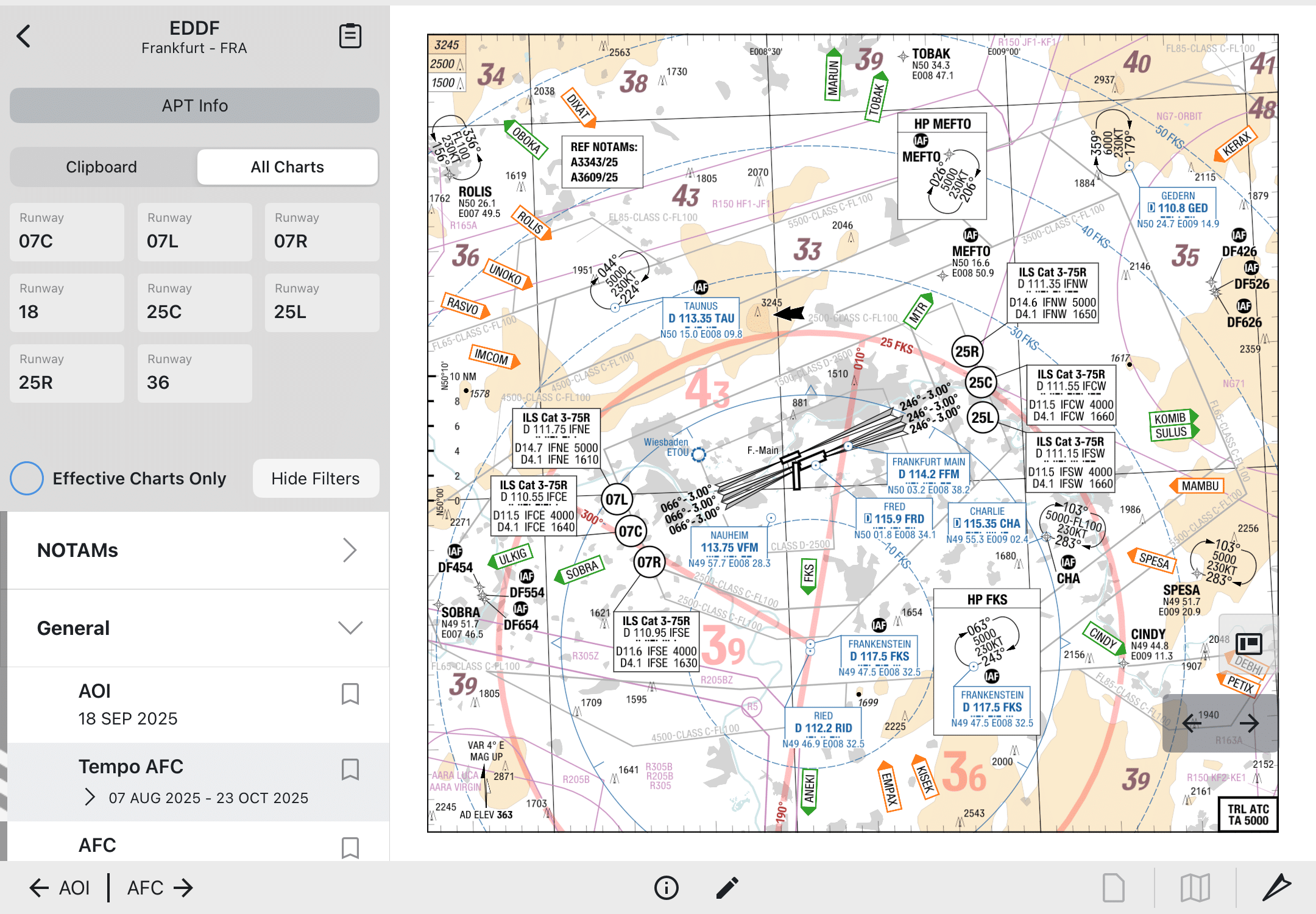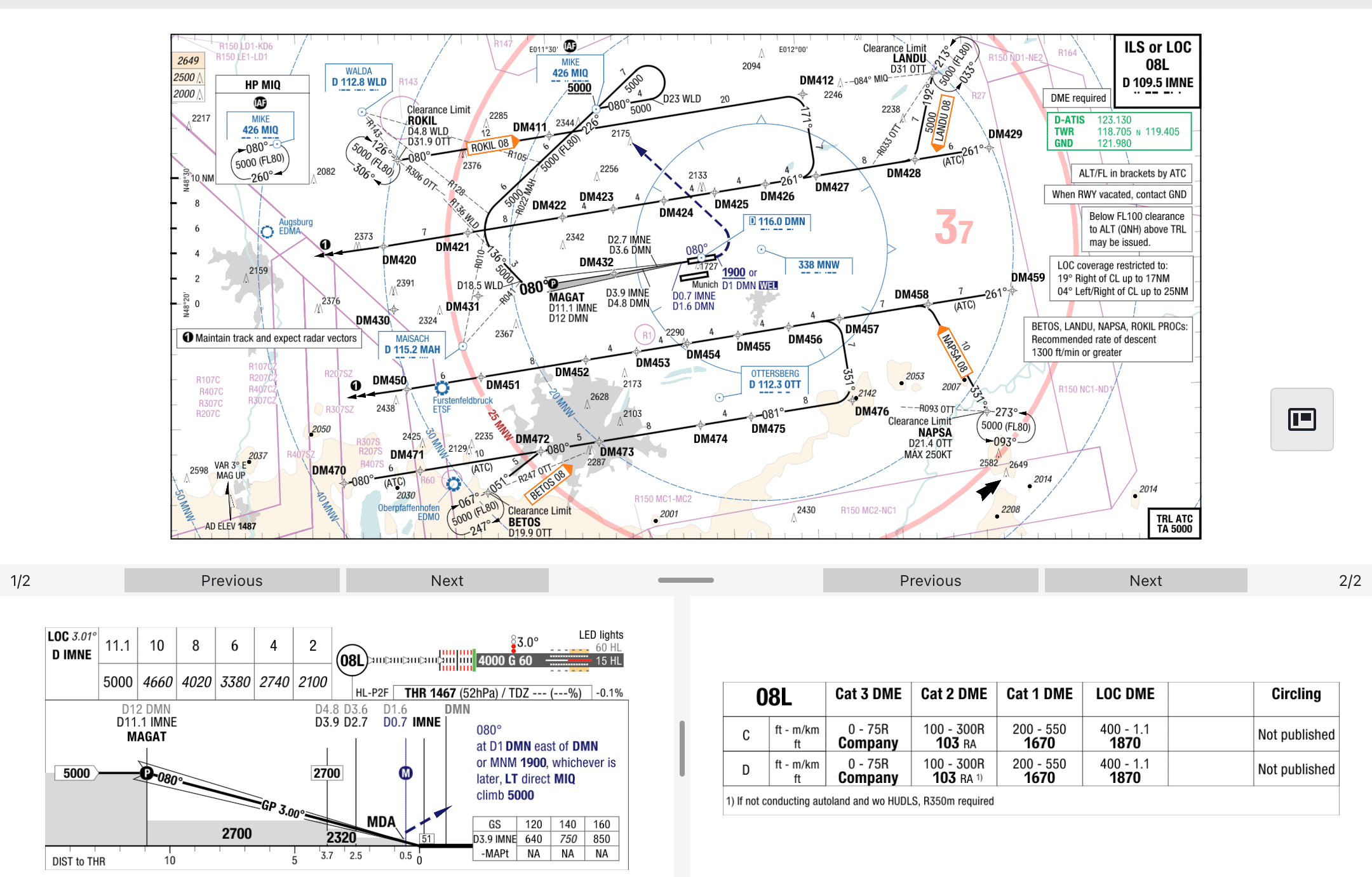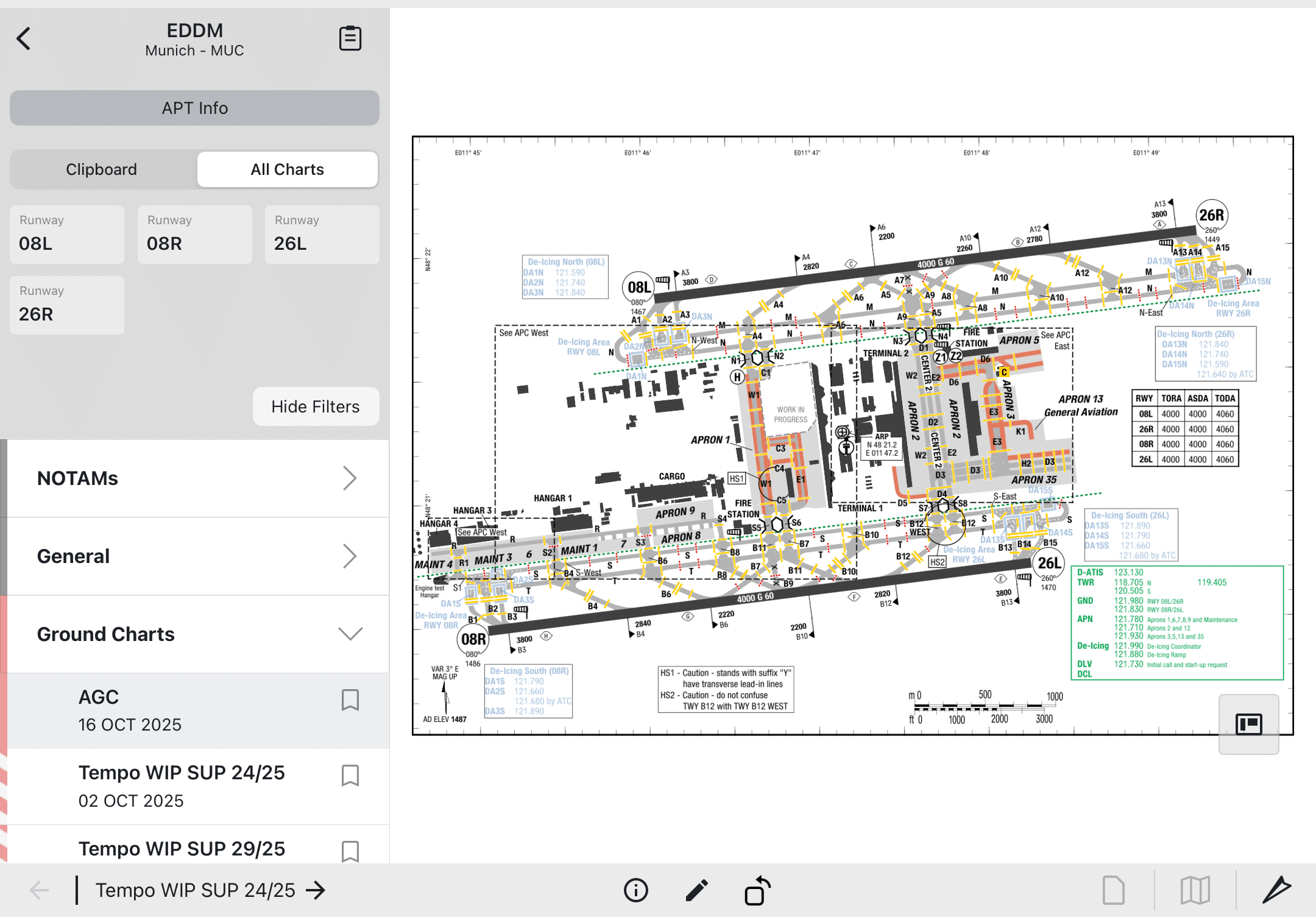Choosing the Right Aviation Navigation Provider
Choosing the right aviation navigation provider is crucial for pilots, as it can significantly impact flight planning and overall safety. In this article, we will delve into the world of Lido vs Jeppesen charts, examining their features, usability, and integration capabilities to help you decide which provider best suits your needs.
Lido vs Jeppesen: Chart Types and Features
When comparing Lido charts and Jeppesen charts, it’s important to consider the types of charts available. Lido offers a range of electronic charts that are designed to provide clear and easy-to-read navigation information. On the other hand, Jeppesen provides both paper and electronic options, giving pilots the flexibility to choose based on their preferences.

Why Many Pilots Prefer Lido Charts
Many pilots find that they much prefer Lido for its user-friendly interface and clearer and easier chart format. This is particularly beneficial during flight simulation and real-world operations where situational awareness is key. Moreover, Lido’s integration with navdatapro enhances its functionality, allowing for seamless updates to navdata and ensuring pilots have access to the latest information.
The Enduring Value of Jeppesen Charts
In contrast, Jeppesen has long been a trusted name in aviation, with its Jeppesen paper charts being a staple for many airlines. Their yearly subscription model provides access to a vast library of charts still relevant in today’s aviation landscape. However, with the rise of electronic flight bags (EFB) and mobile applications, many pilots are now opting to use Lido or other providers like Navigraph for their flight planning needs.
Switching Between Lido and Jeppesen
For those considering switching from Jeppesen to Lido, it’s worth noting that the transition can be smooth due to the consistent layout of charts across platforms. Pilots can easily switch back to Jeppesen if they find that their needs are not met. Ultimately, whether you choose to use the Lido or stick with Jeppesen will depend on your specific requirements as a pilot.
Overview of Aviation Navigation Charts
Importance of Navigation Charts in Aviation
Navigation charts are essential tools in aviation, providing critical information that aids pilots in safely navigating from one point to another. They offer detailed data about airspace, routes, and airport layouts. Whether using paper charts or digital formats, these tools are indispensable for efficient flight planning, allowing pilots to make informed decisions during every flight.
Types of Navigation Charts
There are several types of navigation charts, each serving a unique purpose.
| Chart Type | Purpose |
|---|---|
| Enroute Charts | Guide pilots along their flight paths |
| Terminal and Ground Charts | Provide detailed views of airport layouts and procedures |
| VFR (Visual Flight Rules) Charts | Cater to pilots flying primarily by sight |
| IFR (Instrument Flight Rules) Charts | Used in conditions where visual navigation is not possible |
Comparison of LIDO and Jeppesen Charts
When comparing Navigation charts, pilots often weigh the clarity and ease of use. Aeronautical charts are renowned for their comprehensive coverage and detailed formats, while LIDO charts, offered by Lufthansa Systems, are appreciated for their straightforward design and integration capabilities. The choice between them can often depend on personal preference and specific operational needs.
Features of LIDO Charts
Unique Offerings of LIDO
LIDO charts are designed with a focus on clarity and accessibility, making them a preferred choice for many pilots. They offer a streamlined presentation of essential information, reducing cognitive load in the cockpit. LIDO’s integration with various aviation software enhances its appeal, particularly for users seeking a seamless flight planning experience.

User Experience with LIDO Charts
Pilots using LIDO charts often find them easier to read and navigate compared to some other providers. The emphasis on a clear layout and user-friendly design helps reduce potential errors in flight. Feedback from pilots often highlights the intuitive nature of these charts, which can be crucial during high-pressure situations.
Integration with Other Tools
LIDO charts are compatible with several mobile and desktop platforms, allowing for versatile use in the cockpit. They integrate well with flight planning and navigation tools, providing a cohesive experience for pilots. This compatibility extends to popular flight simulation software, making LIDO an attractive option for both real-world and simulated flight operations.

asd
Features of Jeppesen Charts
Advantages of Using Jeppesen
Jeppesen charts offer a multitude of advantages that make them a preferred choice for many pilots and airlines. Known for their comprehensive and detailed chart format, Jepps provide essential information that enhances flight planning and navigation. By offering both electronic and paper charts, Jeppesen accommodates various preferences, ensuring pilots have access to reliable data regardless of their setup. Additionally, their compatibility with popular navigation and flight planning tools such as ForeFlight and Aerosoft makes them a versatile choice for modern cockpits.
User Feedback on Jeppesen Charts
Pilots who use Jeppesen charts often praise their clarity and ease of use, noting that the detailed information provided helps in making informed decisions during flights. Feedback highlights that aeronautical charts are particularly beneficial in complex airspace, where precision and accuracy are paramount. Users also appreciate the seamless integration with mobile and desktop platforms, which allows for efficient planning and execution of flight routes. This positive reception underscores Jeppesen’s commitment to meeting the needs of both commercial airliners and general aviation pilots.
Compatibility with Aviation Standards
Aeronautical charts are widely recognized for their adherence to international aviation standards, ensuring pilots have access to up-to-date and accurate navigation information. The charts are continuously updated to reflect the latest changes in airspace, airport layouts, and procedures, maintaining their reliability and effectiveness. This compatibility with global aviation standards makes Jeppesen a trusted provider for airlines and pilots worldwide, facilitating safe and efficient flight operations across various regions.
Jeppesen vs LIDO: Key Differences
Chart Quality and Accuracy
When comparing Jeppesen and LIDO charts, one of the key differences lies in their chart quality and accuracy. Jeppesen charts are renowned for their precise and comprehensive data, which is crucial for pilots when navigating complex airspace. On the other hand, LIDO charts, while also offering accurate information, are often praised for their straightforward design, which some pilots find clearer and easier to read. This distinction in chart quality and presentation can influence a pilot’s decision on which provider to use, depending on their specific needs and preferences.
Pricing and Subscription Models
The pricing and subscription models for Jeppesen and LIDO charts also present notable differences.
| Jeppesen | LIDO |
|---|---|
| Offers a variety of subscription options that cater to different types of pilots, from general aviation to commercial airliners, providing flexibility in accessing their extensive chart database. | May appeal to pilots who prefer a more streamlined and cost-effective subscription model. |
Evaluating these pricing structures is essential for pilots and airlines when determining the most suitable navigation chart provider for their operations.
Customer Support and Resources
Customer support and resources are vital considerations when choosing between Jeppesen and LIDO charts. Jeppesen is known for its robust support system, offering a wealth of resources, including training materials and technical assistance, to help pilots maximize the use of their charts. Similarly, LIDO provides comprehensive support to ensure a smooth user experience. The availability and quality of customer support can significantly impact the overall satisfaction and effectiveness of using either Jeppesen or LIDO charts, highlighting the importance of considering these factors in the selection process.
NACO Charts: A Comparison Perspective
Overview of NACO Charts
NACO charts, produced by the National Aeronautical Charting Office, serve as a vital tool for pilots navigating the skies. These charts are renowned for their accuracy and comprehensiveness, providing essential information for both VFR and IFR flights. Pilots often rely on NACO charts for their detailed depiction of airspace, routes, and airports, making them a trusted resource in aviation navigation.
NACO vs LIDO and Jeppesen
When comparing NACO to LIDO and Jeppesen charts, several distinctions emerge. While Jeppesen charts are known for their detailed and user-friendly design, and LIDO charts are praised for their straightforward presentation, NACO charts stand out for their widespread availability and cost-effectiveness. Pilots might choose NACO for its reliable coverage of U.S. airspace, whereas LIDO and Jeppesen offer a more global reach.

Usage Scenarios for NACO Charts
NACO charts are particularly useful for pilots operating within the United States, offering comprehensive coverage and frequent updates. These charts are ideal for general aviation pilots who require detailed information for flight planning and navigation. Whether navigating enroute or preparing for a complex approach, NACO charts provide the necessary data to ensure a safe and efficient journey.
Making the Right Choice for Your Needs
Factors to Consider When Choosing
Choosing the right chart provider involves considering several factors, including geographic coverage, chart format, and integration with other flight planning tools. Pilots should assess their specific needs, whether they prefer the detailed layouts of Jeppesen or the clear design of LIDO charts. Additionally, subscription models and customer support can influence the decision, ensuring the chosen provider aligns with both operational and budgetary requirements.
Case Studies and User Scenarios
Exploring real-life scenarios can provide valuable insights for pilots selecting their navigation charts. For instance, a commercial airliner might prioritize Jeppesen for its extensive international coverage, while a general aviation pilot in the U.S. might find NACO charts more practical. Evaluating these user scenarios helps pilots understand how different chart providers can meet diverse navigation needs effectively.
Final Recommendations
Ultimately, the choice between NACO, LIDO, and Jeppesen charts depends on the pilot’s specific requirements and personal preferences. Pilots are encouraged to consider the type of aircraft they operate, the regions they fly in, and their preferred chart format. By carefully weighing these factors, pilots can select the navigation chart provider that best supports their flight operations, ensuring both accuracy and ease of use in the cockpit.
Lido Route Manual
Frequently Asked Questions about LIDO vs Jeppesen
What is the main difference between LIDO and Jeppesen charts?
The main difference lies in chart design and format. LIDO charts use a color-coded, modern layout optimized for digital use, while Jeppesen charts follow a traditional black-and-white style familiar to many pilots.
Which chart provider is better for airline operations?
Most major airlines use both systems depending on regional preferences. LIDO charts are popular in Europe, whereas Jeppesen remains dominant in North America and for global commercial aviation.
Are LIDO charts available for general aviation pilots?
Yes, LIDO charts are available to some general aviation users through third-party applications, though Jeppesen offers wider coverage and easier access for GA pilots.
Can I switch from Jeppesen to LIDO charts easily?
Yes, switching is relatively smooth. Both providers follow similar chart conventions, so most pilots adapt quickly to LIDO’s digital interface and layout.
Which chart system is more affordable?
Pricing varies by subscription model and integration. Jeppesen typically offers more options for individual pilots, while LIDO packages are often tailored for airlines and enterprise clients.

